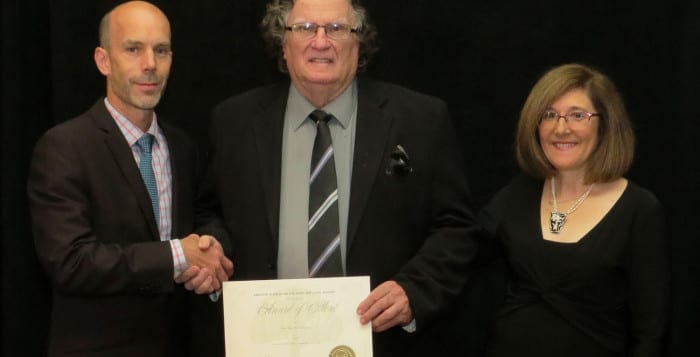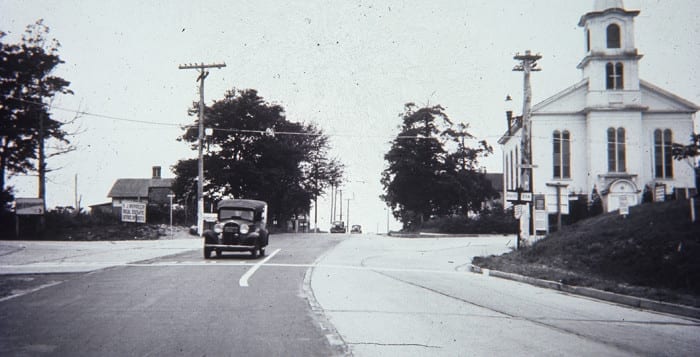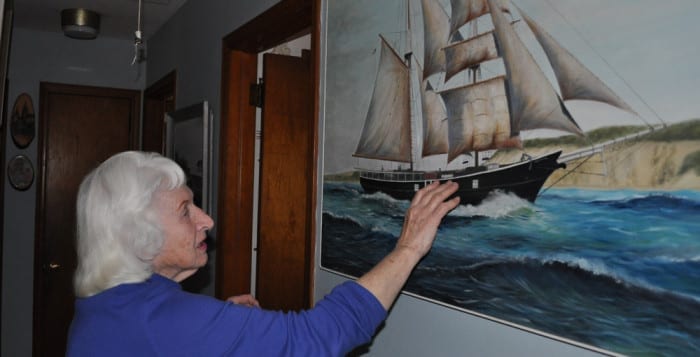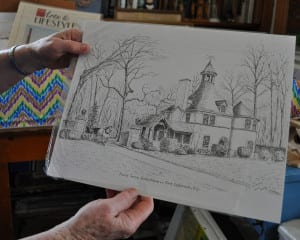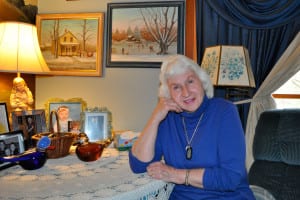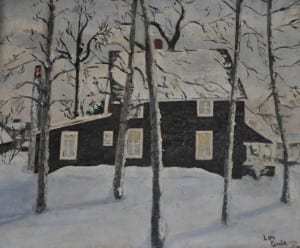By Beverly C. Tyler
The Three Village Historical Society received the American Association for State and Local History’s Award of Merit for the exhibit Chicken Hill: A Community Lost to Time at the AASLH’s annual meeting in Louisville, Ky., on Sept. 18.
The Award of Merit is presented to recognize excellence for projects ranging from civic engagement to exhibits and publications.
The Award of Merit is one of the AASLH’s Leadership in History Awards. AASLH bestows Leadership in History Awards to establish and encourage standards of excellence in the collection, preservation and interpretation of state and local history.
AASLH maintains the awards program to recognize good history that changes people’s lives by helping them make connections with the past. Recipients can take pride in the fact that they are recognized by their peers. Winners use the award to promote their institution in their communities and beyond, including leveraging needed funds.
Chicken Hill project manager Frank Turano and I traveled to the AASLH annual meeting to receive the award and to participate in the annual meeting. Staff members and volunteers at history museums, historical societies and related organizations from all over the United States attend the annual meeting to take part in sessions about all phases of local history and to exchange ideas, problems and successes.
The awards dinner on Friday was attended by recipients from 31 states, and the range of their efforts was detailed as each individual or group came up to receive their award. This year, AASLH conferred 61 national awards honoring people, projects, exhibits, books and organizations.
“The Leadership in History Awards is AASLH’s highest distinction and the winners represent the best in the field,” said Trina Nelson Thomas, AASLH awards chair and director, Stark Art & History Venue, Stark Foundation. “This year, we are pleased to distinguish each recipient’s commitment and innovation to the interpretation of history, as well as their leadership for the future of state and local history.”
The Three Village Historical Society Chicken Hill exhibit was designed and installed by members of the society’s Three Village Rhodes Committee, many of whom had a personal connection with the Chicken Hill area and the people who lived and worked there over the past century and a half.
The exhibit includes stories of the evolution of the Chicken Hill area and its religious, social and cultural development. It especially details family life and the passion that surrounds the Setauket baseball teams based there. One of the most dramatic parts of the exhibit is a touch screen computer station featuring interviews with former members of Chicken Hill, who relate their personal stories and recollections of the events that engaged the entire community.
The Chicken Hill exhibit, as well as the companion SPIES! exhibit, are open every Sunday from 1 to 4 p.m. at the Three Village Historical Society Headquarters, 93 North Country Road in Setauket.
Beverly Tyler is the Three Village Historical Society historian.

